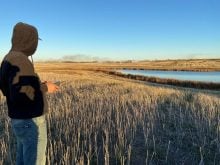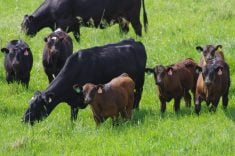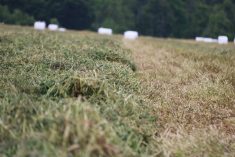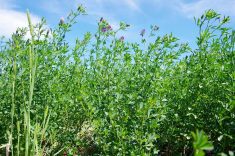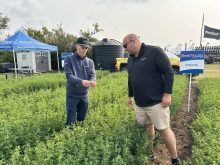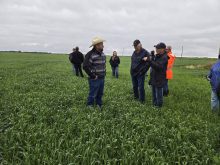Everywhere you look around the Manitoba countryside, shelterbelts and bush can be seen lying in big, ugly bulldozed piles.
Farmers just can’t seem to get rid of it fast enough, it seems.
A two-part, four-year project sponsored by the Upper Assiniboine Conservation District (UACD), Brandon University’s Rural Development Institute (RDI), and a handful of other organizations aims to reverse that trend via a demonstration project on a farm near Kenton and an information-based outreach campaign.
The message is that shelterbelts can be the key to big savings in production costs.
Read Also
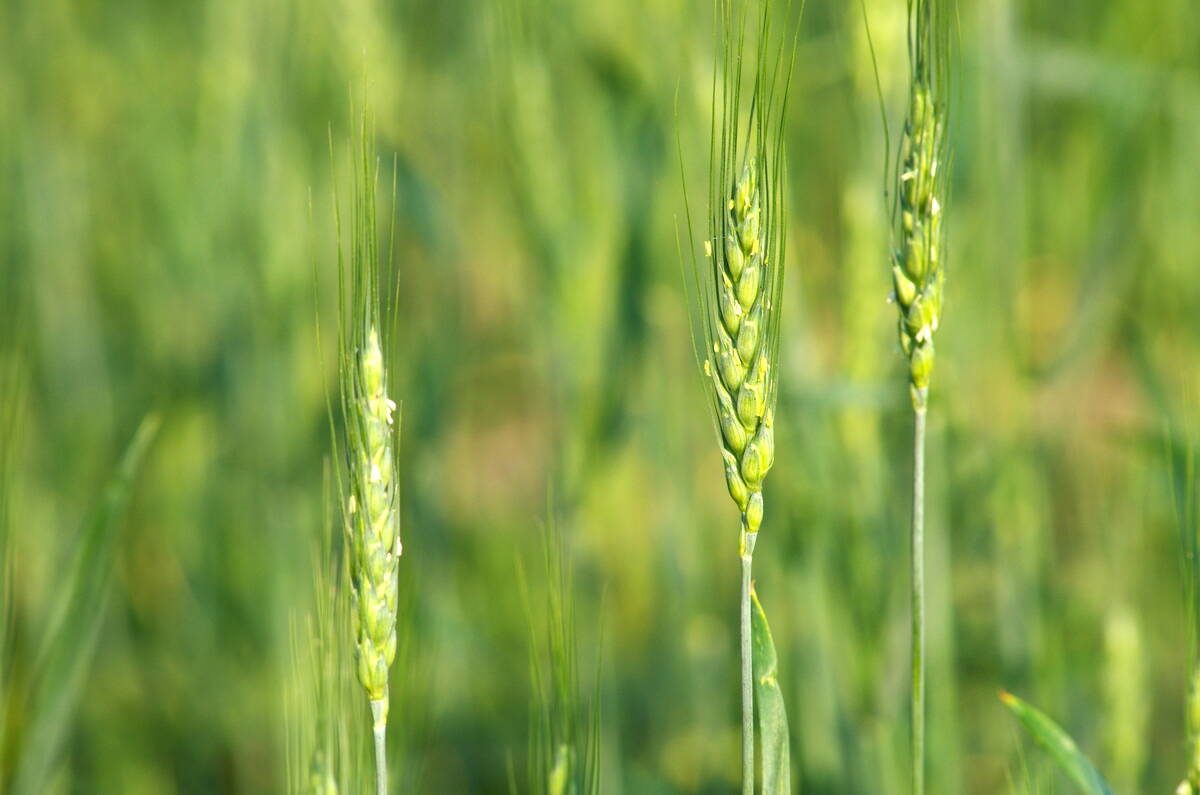
Code cracked on nitrogen-fixing wheat?
U.S. crop breeders have created a wheat variety capable of fixing its own nitrogen rather than relying on fertilizer.
“We see all these shelterbelts going down, plowed up and pushed in, while at the same time we see all the science that shows reduced wind extremes and improved growing conditions for crops,” said UACD manager Ryan Canart.
An RDI team has already begun surveying beef producers to gauge their attitudes to shelterbelts and plans to launch a website offering virtual tours of their numerous benefits in March.
Douglas Caldwell, who runs 150 cattle on his 2,500-acre farm near Kenton, doesn’t need to be convinced that shelterbelts make sense.
“If the cows are out there feeding and they are protected by the shelterbelts, they’ll eat less, they’ll be far happier, and if they are out of the corrals, they’ll be healthier,” he said.
His operation is hosting the field-scale demonstration project that shows how a carefully planned shelterbelt system can be integrated into a winter feeding strategy offering multiple benefits for his cattle and grain operation.
On 90 acres out of a quarter section that was formerly annual crop, seven double rows consisting of 2,500 hybrid poplars were planted last fall to create 10-acre paddocks for future corn, swath and bale grazing.
A network of permanent double-strand electric fence linked to the main on his nearby yardsite protects the trees from damage by the cattle, and creates the layout for temporary “cell” structures using portable wire reels.
Yield boost
The trees will shelter his cattle and yardsite from bitterly cold north winds in the winter, trap winter moisture, and boost crop yields in the summer by reducing wind stress. Soil health will also be improved over time by constant nutrient cycling courtesy of the cattle.
“On one piece of land where the canola crop is protected on three sides by tree shelter, we’ve recorded upwards of 70 bushels to the acre,” he said.
“Mother Nature does try to tell people how she wants it to be, we just have to listen once in a while.”
Caldwell figures he can net considerable production savings in the demonstration area by sowing winter-grazing crops that can then be fed to his herd in the field with a minimum of expense.
Rolling up a bale, hauling it to the hay yard, taking it out to the cattle with a tractor, and then scooping up and spreading the manure back on the land all adds to wintering costs, he added.
If the 90-acre site yields 200 bales that are left on site for in-field feeding, it will save him $3,000 per year.
“If you went to any cattle producer and asked him if he’d like the profit margin on 10 free steers at the end of the year, who would disagree with that?” said Caldwell.
The seven, quarter-mile-long rows of trees only extract 1.5 acres out of the whole field, which in crop profit margin terms, amounts to just $90 a year, he added.
“Using just the rudimentary numbers for leaving the bales out there, at $3,000 versus $90, it’s a no-brainer.”
Staff from the local conservation district provided the labour for planting the trees and installing the fences. A pipeline watering system from the nearby yardsite provides water for now, but he’s hoping to strike a deal with Ducks Unlimited to put in a small dam on a nearby creek to improve water supplies and protect the riparian area in the ravine.
Farmers and ranchers may look at the demonstration site and think that it’s all just a lot of extra work and expense.
“But there’s a lot of groups out there that will help them, and I don’t think they realize that,” he said.
Bill Ashton, director of RDI, said that the outreach aspect of the project is aimed at “starting a conversation” with the province’s 9,000 cattle ranchers in the hopes of convincing them that planting more shelterbelts is a good investment.
“In the big picture, we’ll see how people view shelterbelts and how that changes over the next four years,” he said.


